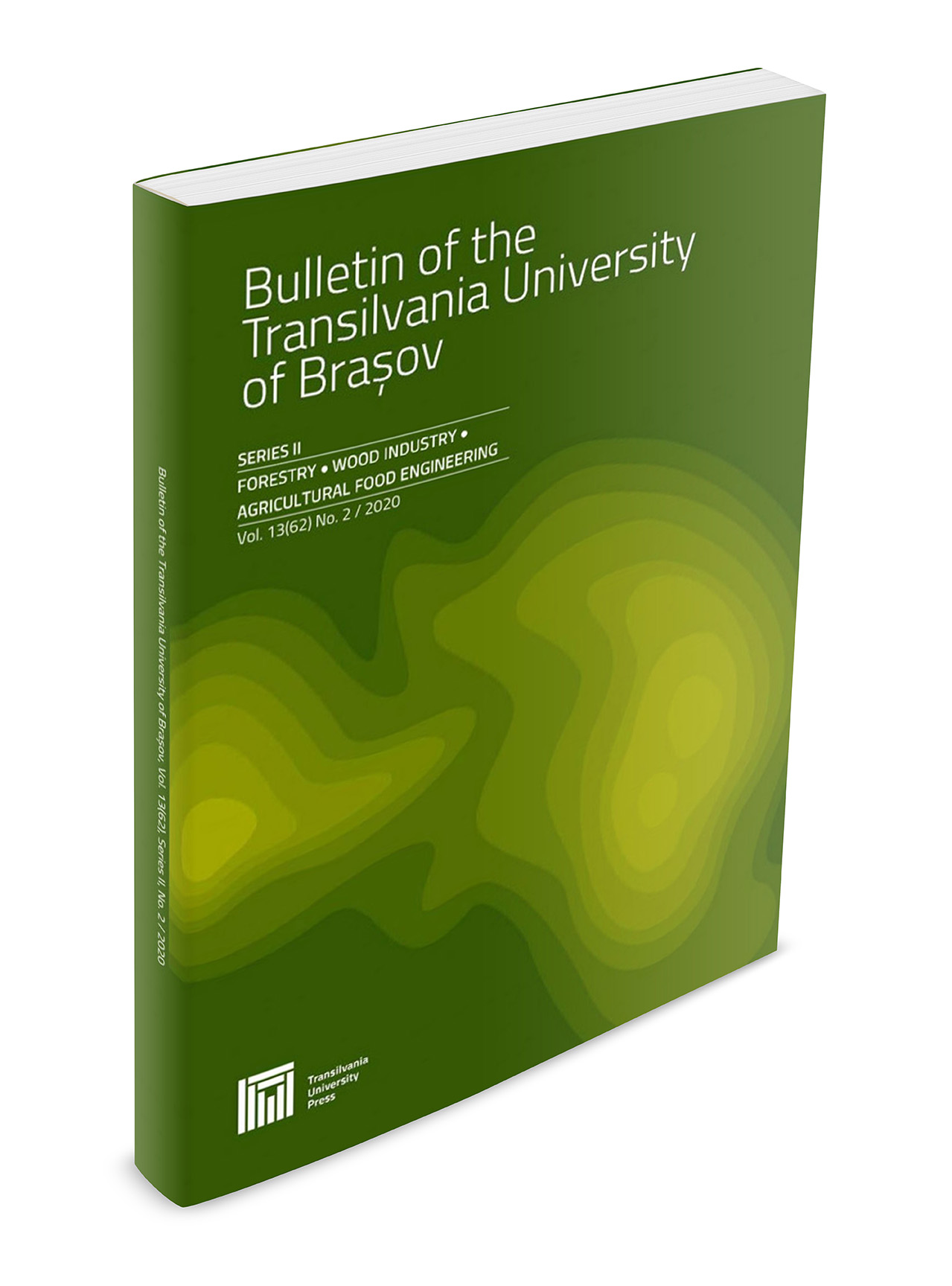Assessment of the Furniture Board Ecological Footprint: Case Study of a Woodworking Enterprise in the Carpathian Region of Ukraine
DOI:
https://doi.org/10.31926/but.fwiafe.2024.17.66.1.6Keywords:
ecological footprint, wood chain, forest sector, woodworking enterprise, Ukrainian CarpathiansAbstract
Understanding a product's ecological footprint has become incredibly important, as its assessment supports efforts to promote sustainable practices. However, there is limited knowledge about the specific environmental impacts of woodworking enterprises and their products. The purpose of the study is to evaluate the ecological footprint of a typical product from a woodworking enterprise in the Carpathian Economic Region of Ukraine. A middle-sized wood-processing enterprise was used as a case study. To achieve this objective, the study quantified the land area directly involved in producing 1 m3 of furniture board. Also, the concept of a "virtual area" of land, essential for CO2 absorption resulting from the transportation of raw materials for the production of 1 m³ of furniture board, was applied. Then the methodological approach to determine the "virtual area" of land necessary for the absorption of CO2 generated during the production of electricity which is spent on the operation of the main technological equipment and electricity consumption to produce 1 m3 of furniture panel is considered. The overall ecological footprint of producing 1 m3 of furniture board at the studied woodworking company is estimated as equivalent to 0.492 ha of forested area, from which only 3% of area is represented by direct land use - area used to produce wood for furniture board production.



